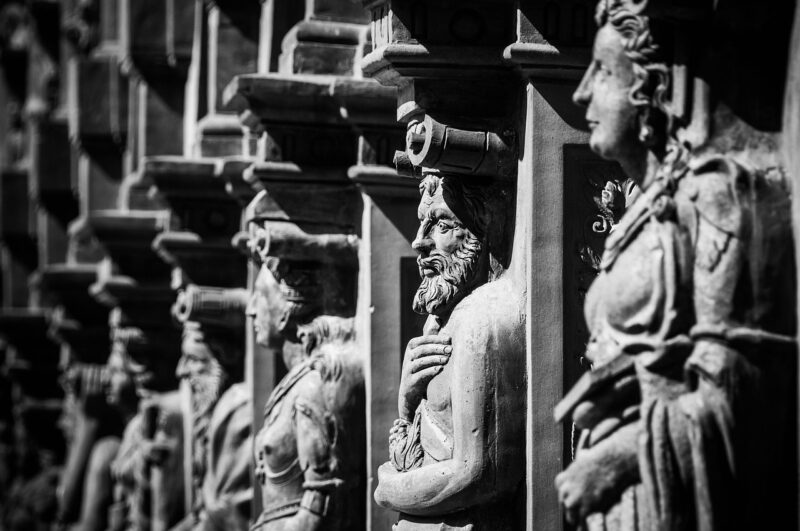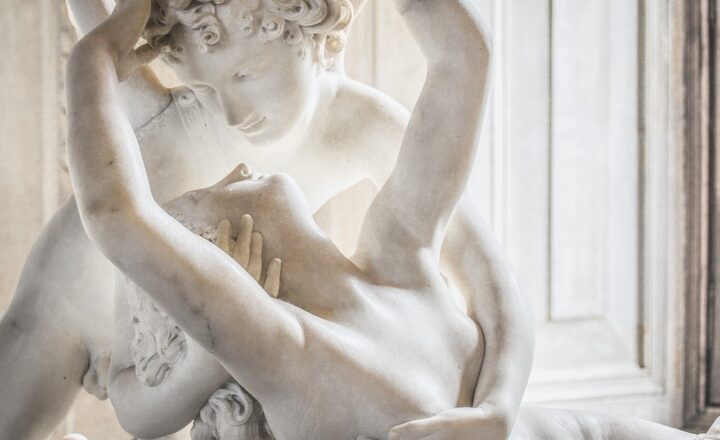
The Renaissance, a period spanning roughly from the 14th to the 17th century, marked a monumental shift in the cultural, artistic, and scientific landscape of Europe. Emerging from the shadows of the Middle Ages, this era was defined by a renewed interest in classical antiquity, humanism, and the exploration of new ideas. The contributions of the Renaissance have left an indelible mark on art, science, and the broader spectrum of human thought and experience.
1. The Artistic Revolution: A Flourishing of Talent
Art underwent a drastic transformation during the Renaissance as artists sought to achieve a level of realism and emotion that had not been realized in earlier periods. The emphasis on perspective, anatomy, and a deeper understanding of human emotion enabled artists to convey more complex narratives in their work.
1.1 Masterpieces That Redefined Art
The works of legendary artists such as Leonardo da Vinci, Michelangelo, and Raphael symbolize the heights of this artistic revolution.
– Leonardo da Vinci: His paintings, such as “The Last Supper” and “Mona Lisa,” showcased the mastery of light, shadow, and human expression.
– Michelangelo: Known for his sculptural excellence as seen in “David” and the breathtaking frescoes on the ceiling of the Sistine Chapel, Michelangelo’s work embodied the spirit of the Renaissance.
– Raphael: His use of perspective and color culminated in renowned masterpieces like “The School of Athens,” which depicted great thinkers from classical antiquity.
These artists didn’t just create beautiful works; they challenged the norms, pushing the boundaries of creativity and exploration.
2. The Birth of Modern Science
The Renaissance was not solely an artistic awakening; it also heralded significant advancements in science. Scholars began to question long-held beliefs and explore the natural world through observation and experimentation.
2.1 Pioneers of Scientific Thought
Figures like Copernicus, Galileo, and Vesalius transformed the scientific landscape:
– Nicolaus Copernicus: Challenged geocentric models of the universe, proposing that the Earth revolved around the sun, which laid the groundwork for modern astronomy.
– Galileo Galilei: Utilized the telescope to advocate for the Copernican model and made groundbreaking observations in physics, such as the law of falling bodies.
– Andreas Vesalius: Made significant contributions to anatomy through careful dissection of human bodies, debunking many myths propagated by earlier texts.
This age of scientific inquiry fostered an environment where innovation and discovery were not only encouraged but expected.
3. The Philosophical Shift: Humanism
One of the underlying currents of the Renaissance was the philosophy of humanism, which emphasized the value of human beings and the study of classical texts. This shift in thought influenced various domains including literature, education, and politics.
3.1 The Humanist Movement
Humanists such as Petrarch and Erasmus advocated for a curriculum based on the study of the classics, focusing on grammar, rhetoric, history, poetry, and moral philosophy.
– Petrarch: Often called the Father of Humanism, he revived interest in classical literature and emphasized individualism.
– Erasmus: His works like “In Praise of Folly” critiqued societal norms and called for reform in the Church, paving the way for the Protestant Reformation.
The ideological shifts ushered in by humanism would eventually contribute to major developments in Western thought, laying the foundation for the Enlightenment.
4. The Impact on Society and Culture
The Renaissance was not confined to the spheres of art and science; it transformed society and culture in profound ways, fostering a climate of intellectual freedom and inquiry.
4.1 The New Ideas Spread
The invention of the printing press by Johannes Gutenberg around 1440 revolutionized the dissemination of knowledge. Books became more accessible, allowing ideas to spread rapidly across Europe and beyond.
– Literature and Theater: Writers like William Shakespeare and Miguel de Cervantes emerged, creating works that explored the complexities of human experience.
– Innovation in Education: Educational institutions began to flourish, emphasizing inquiry-based learning and classical education, influencing future generations.
This cultural renaissance led to significant societal changes, the emergence of new ideas, and the questioning of traditional authority, particularly in religion and governance.
5. The Legacy of the Renaissance
The impact of the Renaissance is still felt today. It set the stage for the modernization of art, science, politics, and philosophy.
– Artistic Influence: The techniques and themes developed during this period continue to inspire artists and movements today, from Baroque to Modernism.
– Scientific Inquiry: The emphasis on observation and experimentation has laid the groundwork for the scientific method, which dominates research today.
– Philosophical Thought: Humanism’s focus on individual potential and critical thinking continues to influence modern education and ethics.
The Renaissance truly changed the course of history, leading to advancements that transformed art, science, and humanity.
Conclusion
The Renaissance was a groundbreaking period that ignited a cultural, artistic, and intellectual revolution, forever altering the trajectory of human history. From the masterpieces of art and the dawn of modern science to the philosophical concepts that continue to shape our understanding of the world, the Renaissance has left an enduring legacy. This remarkable era teaches us the importance of curiosity, creativity, and the relentless pursuit of knowledge—a legacy we owe to the brilliance of countless individuals who dared to think differently and imagine a better future for humanity.
With each brushstroke, discovery, and written word, the Renaissance changed the fabric of society, embodying the essence of progress and the potential of human thought.







